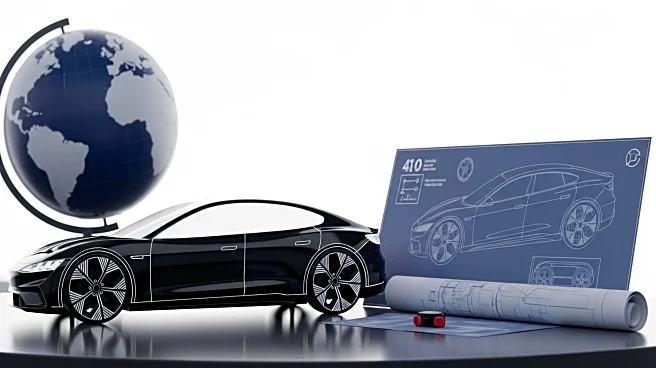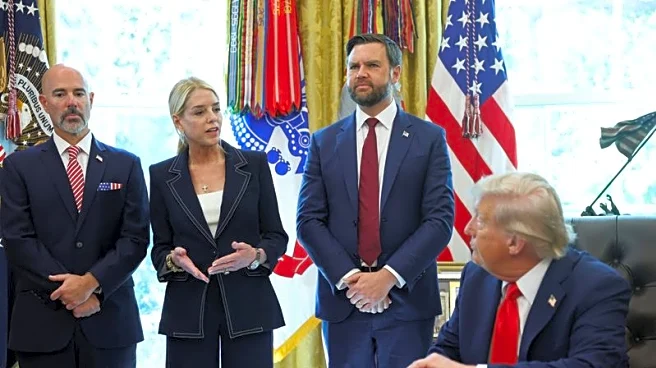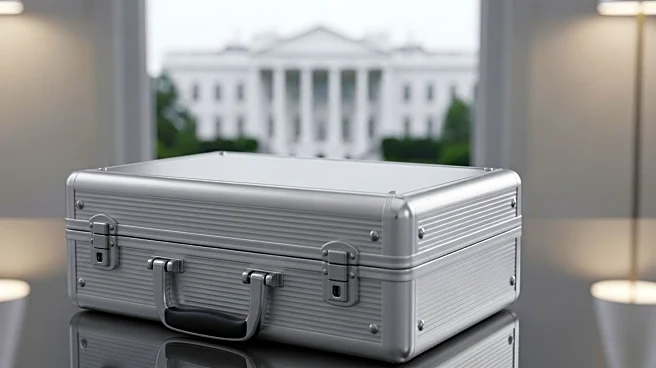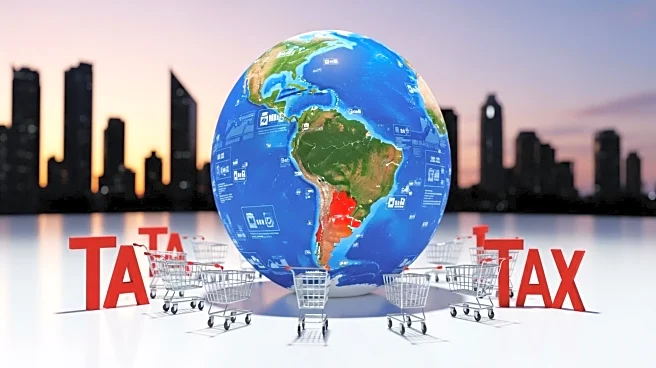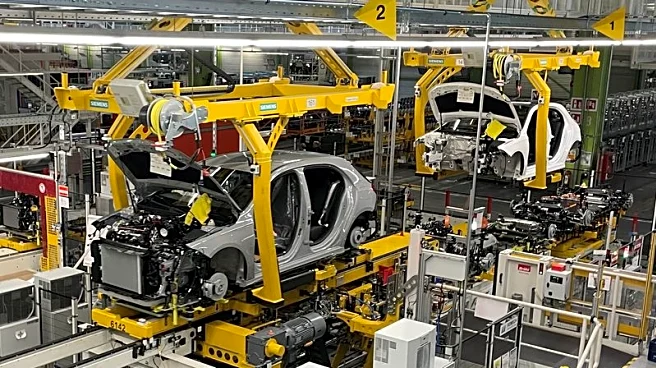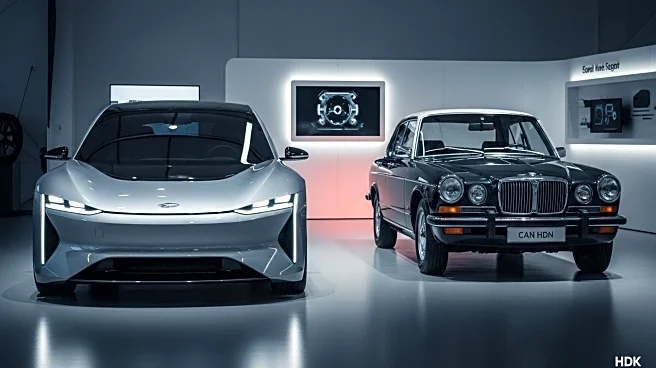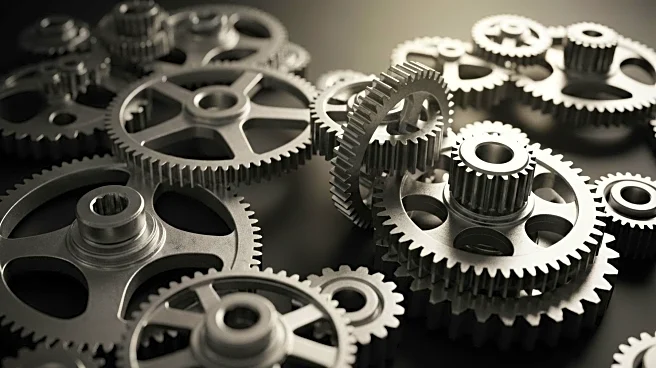What's Happening?
A joint statement from the U.S. and European Union regarding the recognition of each other's vehicle standards has been released, raising more questions than answers. The statement, discussed during a meeting between President Trump and European Commission chief Ursula von der Leyen, aims to address trade relations and regulatory alignment between the two regions. The framework's implications for the automotive industry are significant, as it could potentially streamline vehicle homologation processes and reduce trade barriers. However, the statement's lack of clarity has left industry stakeholders uncertain about its practical impact.
Why It's Important?
The recognition of vehicle standards between the U.S. and EU could have profound effects on the automotive industry, potentially simplifying regulatory compliance and reducing costs for manufacturers. This development may encourage more U.S. assembly and onshoring of parts, as automakers seek to navigate tariffs and trade barriers. The framework's success depends on its implementation and the resolution of existing ambiguities. If effectively executed, it could enhance trade relations and foster economic growth in both regions. However, the uncertainty surrounding the statement may lead to cautious approaches by industry players.
What's Next?
Industry stakeholders are likely to closely monitor the developments surrounding the U.S.-EU trade framework. Automakers may assess the feasibility of increased U.S. assembly and onshoring of parts, contingent on the framework's clarity and implementation. The automotive industry may also engage in discussions with policymakers to address ambiguities and advocate for favorable regulatory conditions. The outcome of these efforts will shape the future of trade relations and regulatory alignment between the U.S. and EU, impacting the automotive sector's strategic decisions.
